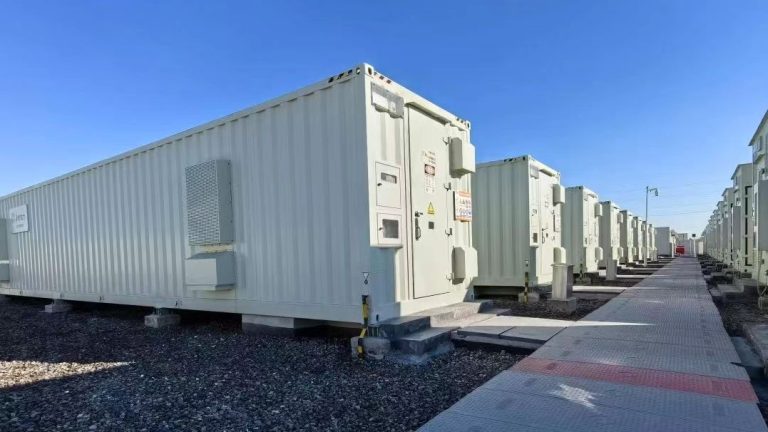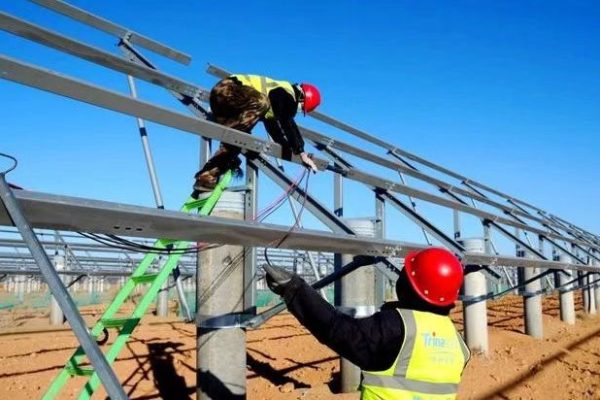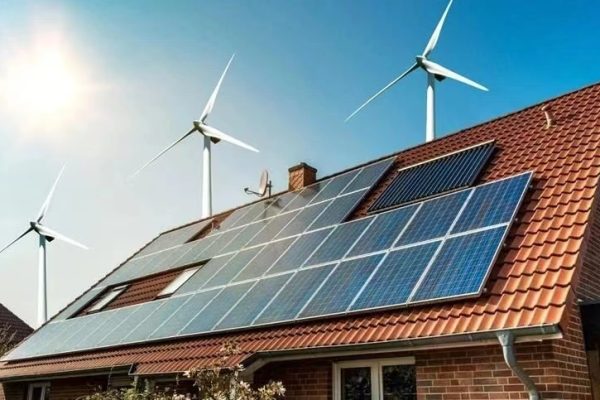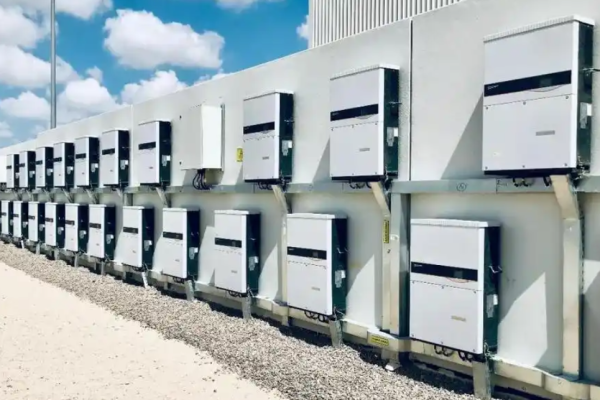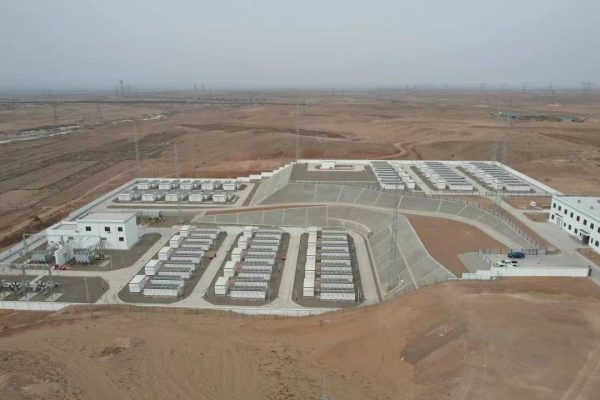How to Choose the Right Architecture for Your Solar + Storage System
Introduction: One System, Two Architectures
If you’re working on a 5kW to 30kW solar + storage project — whether for a villa, workshop, farm, or small commercial building — you’ll need to make one crucial design decision:
DC coupling or AC coupling?
Both methods connect PV panels, inverters, and batteries — but the structure, efficiency, and flexibility differ. As a buyer or system integrator, understanding these differences helps you:
- Reduce installation complexity
- Improve energy utilization
- Avoid mismatches between components
- Optimize ROI based on project needs
This article breaks it down in clear, non-academic terms.
What Is DC Coupling?
In a DC-coupled system, the PV panels and battery are connected on the DC side before the power is converted to AC.
This means solar energy charges the battery before it’s converted to usable AC.
Typical devices used:
- Hybrid inverter with DC battery input
- MPPT controller (if inverter is not hybrid)
- Lithium or lead-acid batteries
What Is AC Coupling?
In an AC-coupled system, the PV inverter and battery inverter are separate, and both connect to the AC bus.
Core layout:
css复制编辑PV → Grid-tied Inverter → AC Bus ← Battery Inverter ← Battery
Solar power is converted to AC first, and battery charging happens later via a second inverter.
Typical devices used:
- Grid-tied PV inverter
- AC-coupled battery inverter (or retrofit hybrid inverter)
- Battery bank with compatible BMS
Pros & Cons at a Glance
| Feature | DC Coupling | AC Coupling |
|---|---|---|
| Efficiency (PV to battery) | ✅ Higher (fewer conversions) | ❌ Lower (AC-DC-AC roundtrip) |
| Installation simplicity | ✅ Simpler with hybrid inverter | ❌ More wiring, sync needed |
| Compatibility (retrofit) | ❌ Limited with existing PV systems | ✅ Ideal for adding storage to existing PV |
| System flexibility | ❌ Single MPPT; fixed PV-battery relation | ✅ Independent inverter sizing |
| Cost | ✅ Lower for new builds | ❌ Slightly higher upfront |
| Backup performance | ✅ Good if hybrid supports islanding | ✅ Can isolate critical loads via battery inverter |
| Maintenance | ✅ Unified system | ❌ Two systems to manage |
When DC Coupling Makes More Sense
If you are building a new solar + storage system from scratch, and especially if the goal is to maximize solar-to-battery efficiency, DC coupling is usually a better choice.
Ideal use cases:
- New 5–20kW hybrid systems for homes or guesthouses
- Rural microgrids where every kWh counts
- Off-grid or unreliable-grid locations
- Projects with single hybrid inverter + lithium battery pack
Why choose DC:
- Fewer components = faster commissioning
- Direct battery charging = lower losses
- Often cheaper for small and medium setups
Be aware: Sizing must be precise. Oversized PV or battery can cause curtailment if the hybrid inverter is a bottleneck.
When AC Coupling Is the Smarter Option
If you already have a grid-tied PV system and want to add storage later, AC coupling provides a clean integration path — without disturbing the existing inverter.
Ideal use cases:
- Adding battery backup to an existing PV system
- Mixed-brand systems (PV inverter + separate battery inverter)
- Projects that require larger PV array than battery inverter can handle
- Hybrid setups where PV and storage are managed independently
Why choose AC:
- Modular and flexible — easier upgrades later
- No need to remove working PV inverters
- Compatible with legacy PV systems using microinverters or string inverters
Downside: There are some efficiency losses when PV → AC → Battery → AC.
Real-World Sizing Tips (5–30kW Range)
Scenario 1: New 10kW Rural Home with 20kWh Battery
Best Option: DC Coupling
- Use a 10kW hybrid inverter
- DC-input battery (LFP preferred)
- Faster PV-to-battery charging
- Simpler single-system monitoring
Scenario 2: Small Factory with 30kW Existing PV
Best Option: AC Coupling
- Keep original 30kW grid-tied inverter
- Add 20kW battery inverter + 40kWh battery
- Use EMS to manage PV flow and peak shaving
- Avoids disrupting certified PV setup
Scenario 3: Tourism Villa with 15kW PV and 10kWh Backup
Either works, depending on goals:
- DC coupling for solar-first charging and lower cost
- AC coupling for independent inverter control and backup priorities
Don’t Forget Communication Protocols
Regardless of coupling type, inverter–battery communication must be compatible:
- DC-coupled systems often use CAN or RS485 to sync hybrid inverter and BMS
- AC-coupled systems may use Modbus or EMS platforms for energy orchestration
As a technical trade partner, it’s your role to ensure the selected inverter and battery “speak the same language” — either via native compatibility or using an EMS bridge.
Backup vs. Grid Support: Match Coupling to Function
Let’s compare based on system priority:
| Goal | Better Coupling Type |
|---|---|
| Maximize self-consumption | DC Coupling |
| Add battery to existing PV | AC Coupling |
| Full backup for essential loads | Either (depends on load design) |
| Time-of-use optimization | AC Coupling (more flexible) |
| Low-cost rural electrification | DC Coupling |
| Complex site with mixed brands | AC Coupling |
Conclusion: Fit the Architecture to the Project
There is no one-size-fits-all answer. Your choice between DC and AC coupling should be based on:
- Existing infrastructure
- Efficiency targets
- Budget and component availability
- Installer familiarity
- Scalability requirements
For 5–30kW projects, both coupling types are viable — the best solution is the one that matches your site conditions, component ecosystem, and long-term energy goals.





